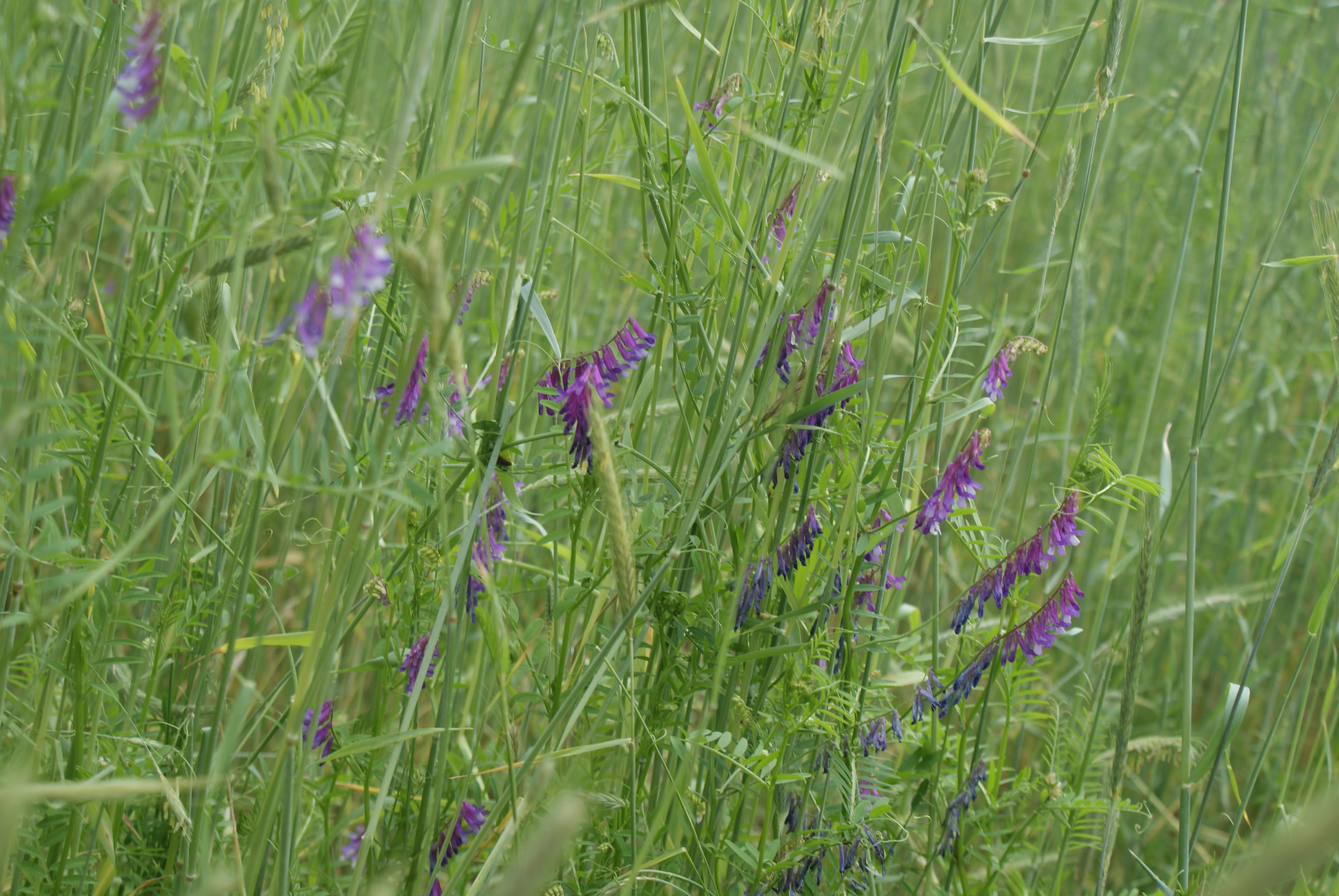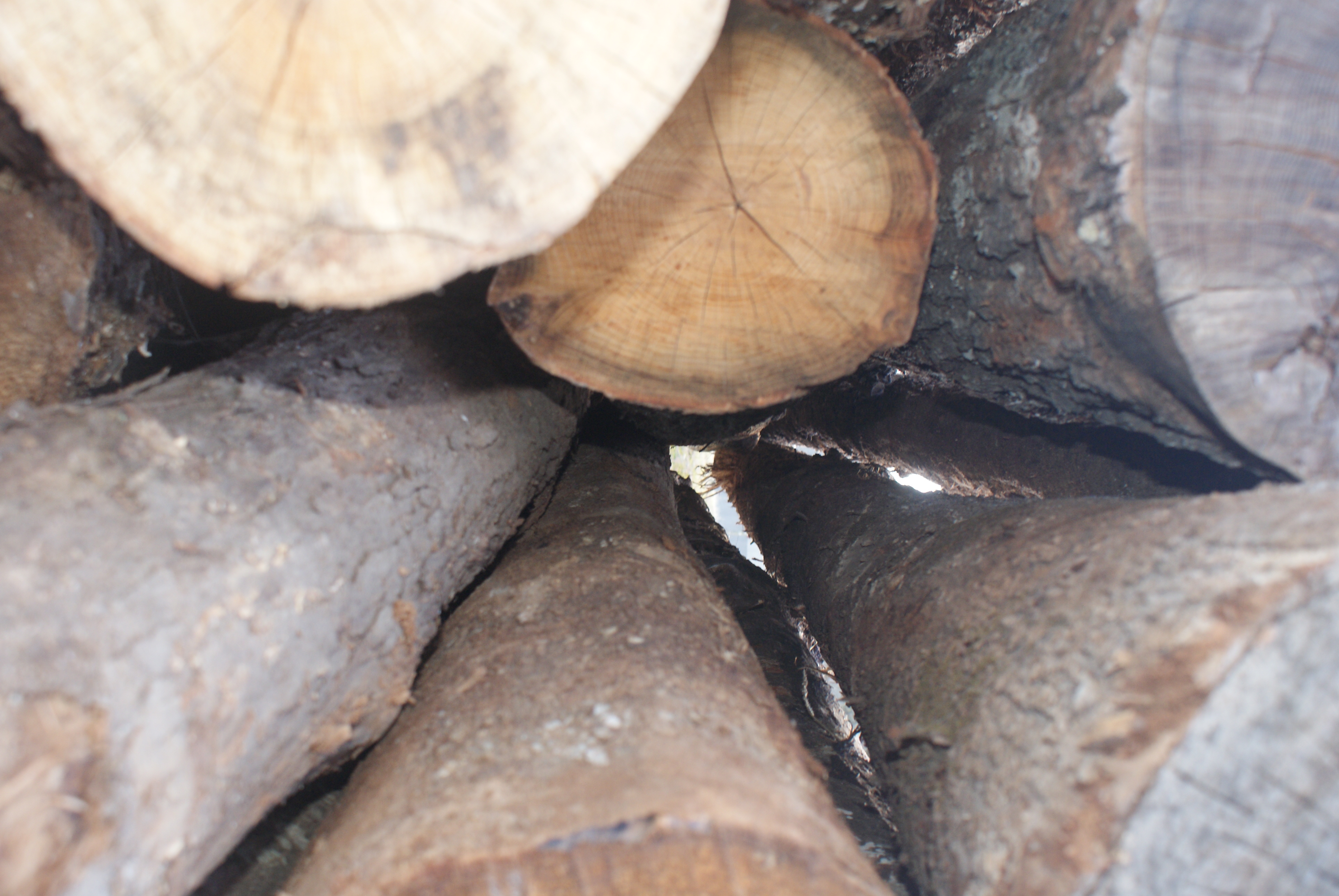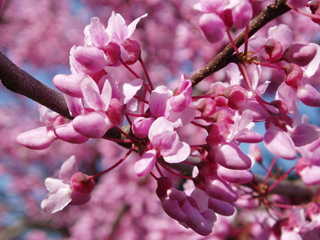Through the Grateful Trees and Bees’ Meet Your North Carolina Native Trees blog series, we’ll introduce you to the native trees we consider our friends.*
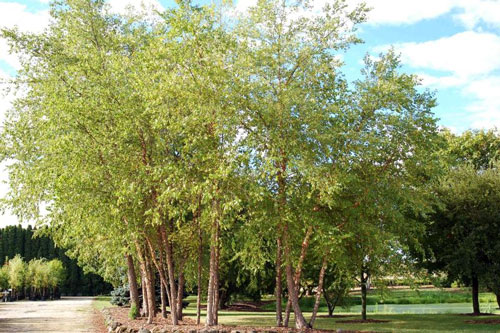 Betula nigra
Betula nigra
Common Name: River Birch
Family: Betulaceae
Native Range: Eastern United States
Zone: 4 to 9
Height @ 15 years: 25 feet
Height @ 40 years: 60 feet
Height @ Maturity: 80 feet
Spread: 40-60 feet
Blooms: April to May
Sun: Full sun to part shade
Water: Medium to wet
Maintenance: Low, prune in dormant season
Tolerates: Deer, Drought, Clay Soil, Wet Soil
Suggested Use: Shade Tree, Rain Garden, Erosion Control
Why We Love River Birch
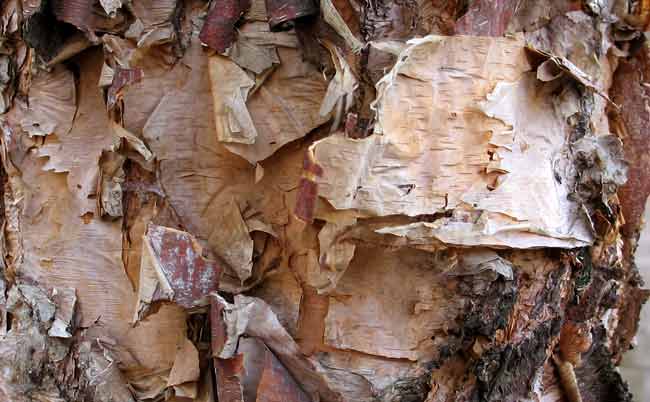
River birch (Betua nigra) is a vigorous, fast-growing North Carolina native deciduous tree that doesn’t mind getting its feet wet. It’s often found in floodplains, swamplands and along streams and lakes. It’s particularly well adapted to life in North Carolina with our clay soils and summer heat. We recommend the tree for single plantings or small groupings anywhere you want to quickly establish light shade. It’s also fabulous at soaking up extra water and makes a great addition to a rain garden or as a stabilizer for erosion control on slopes or in low-lying wet areas in your yard.
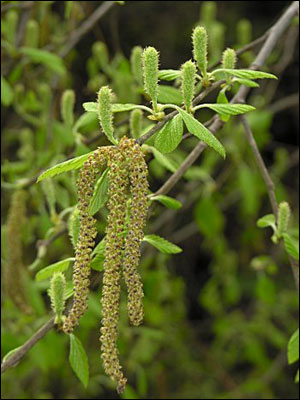
The tree provides food and shelter for a variety of insects and wildlife. Birch seeds are eaten by voles, shrews and many birds, such as wild turkeys and Carolina chickadees. The sap of the tree is consumed by hummingbirds, squirrels and insects like the Yellow-bellied sapsucker. Rabbits enjoy eating River Birch seedlings, deer feed on the tree’s leaves and twigs and beavers like munching its bark.
Humans use river birch as well. In addition to the gifts of oxygen, shade and environmental symbiosis it gives us freely during its lifetime, river birch wood is also used to craft toys and artificial limbs.
It is river birch’s pleasing aesthetics, however, that in the end draw us to her the most. The tree has a beautiful, graceful crown spread and forms a pyramid as it matures. Pruning while the tree is young can help to encourage this natural shaping.
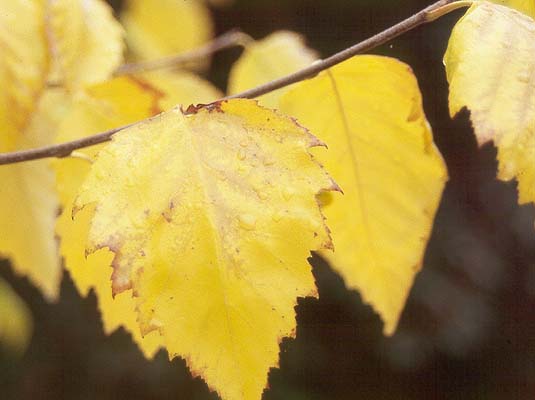
The peeling bark creates a mosaic of texture and color that changes color over the life of the tree. Young river birch exhibits a silvery, gray bark that peels to reveal pinkish or light-reddish brown patches that deepen to a dark brown or black as the tree ages.
In the fall, the tree produces drooping, reddish-brown male flowers called catkins that remain throughout the winter. In the spring the male catkins bloom and produce pollen to pollinate spring-formed upright female catkins that turn into the tree’s fruit.
And last but not least, river birch’s diamond-shaped leaves turn from a medium to dark green to a vibrant yellow-golden color in the fall.
*At Grateful Trees and Bees we hold a special gratitude for the many tree species native to North Carolina. Natives are species that have survived thousands of years of the climate conditions, pests and diseases found in our region. Their adaptations make them perfect for tree plantings and tree establishment projects because they are likely to thrive locally with minimal intervention. They provide the food and shelter that local wildlife has come to depend on; and they exhibit the beautiful foliage, flowers and bark you are familiar with seeing in your landscape.
© 2014 Grateful Trees & Bees

